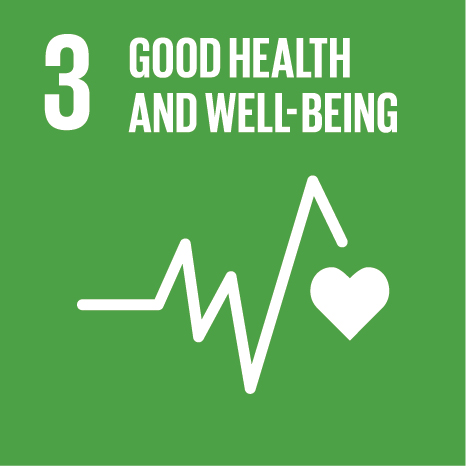 +265(0)111 624 222
+265(0)111 624 222 research@unima.ac.mw
research@unima.ac.mw Chirunga-Zomba, Malawi
Chirunga-Zomba, Malawi
Prevalence and Correlates of Meeting World Health Organization 24-Hour Movement Guidelines Among 3–4 Year-Olds in Malawi: The Cross-Sectional SUNRISE Malawi Study
Abstract
Background: Prevalence and correlates of meeting 24-hour movement guidelines in 3 and 4 year-olds from low-income countries are unknown. This study assessed prevalence and correlates of meeting World Health Organization movement behavior guidelines in Malawi. Methods: We recruited four hundred and seventeen 3–4 year-olds (49% boys) from urban and rural settings from Zomba district, Malawi. Participant sociodemographic information was collected using a modified version of the World Health Organization STEPS survey. Total physical activity was assessed using step counts from hip-worn ActiGraph accelerometers, and meeting the 3 hour per day total physical activity guideline defined as average daily steps ≥11,500. Parent questionnaires were used to assess prevalence of meeting World Health Organization guidelines for screen time (<1 h/d), sleep duration (10–13 h/d), and not being in restrained sitting for >1 hour at a time. Backward multivariable survey logistic regression was used to determine correlates of meeting guidelines. Potential correlates included sex, age, weight status, socioeconomic status (parent education), urban versus rural setting, and season. Results: Prevalence of meeting all 4 guidelines was 60% (confidence interval [CI], 52%–68%). Prevalence of meeting the individual guidelines was: total physical activity 98% (95% CI, 96%–99%); sleep duration 91% (87%–93%); restrained sitting 76% (95% CI, 68%–83%); sedentary screen time 79% (95% CI, 71%–86%). Urban children had significantly lower odds of meeting all 4 guidelines compared to their rural counterparts (odds ratio: 0.11, 95% CI, 0.04–0.37). Conclusions: Prevalence of meeting the guidelines was high, though the physical activity transition may be underway in urban areas. Preserving healthy levels of movement behaviors as economic development progresses in Malawi will be challenging.
| Pages (from-to) | 1-13 |
| Volume | 22 |
| Issue number | 11 |
| Publication status | Published - 2025 |
UN SDGs
This research output contributes to the following United Nations (UN) Sustainable Development Goals (SDGs)



UN SDGs
This research output contributes to the following United Nations (UN) Sustainable Development Goals (SDGs)



UN SDGs
This research output contributes to the following United Nations (UN) Sustainable Development Goals (SDGs)


